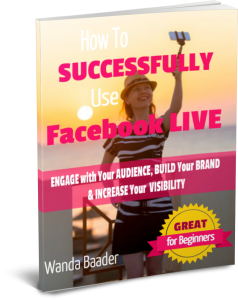Consistent Marketing Builds Brand Trust
Consistency is a key element in a business’ success. Of course, there are other important factors but consistency is what will create name recognition. Consistency is what will build your online community so you can develop a trusting relationship with your audience, and it will showcase your expertise to new followers.
Here’s an example: You go out to dinner at your favorite restaurant and you fall in love with your entrée. A few weeks later you take a friend to the same restaurant, order the same meal, but it tastes different and you send it back to the kitchen. Their lack of consistency in how your meal was prepared will now leave doubt in your head about that particular dish and possibly about the whole restaurant in general. Can you relate?
Doubt in a customer’s mind generally means you must rebuild that trust again to show that they should continue to do business with you. It’s not impossible to earn their trust again but you’re basically starting from square one. Working your business consistently and focusing on superb content and excellent customer service will help to keep your clients happy and trusting in you.
Have you ever had this occur: You opt-in to an email list which resonates with you and your interest, you receive a few weekly emails and then nothing? Crickets. Then a month or two later you receive an email from that same person, making an offer to you to purchase their product. How does that lack of consistency make you feel? I’m guessing your first reaction would be, “Who the heck is this person?” Their lack of consistency will cause you to forget who they are and why you signed up for their list in the first place. Lack of name recognition generally leads to, “I don’t know who you are so why would I give you my money?” or “ I don’t remember you at all and you unsubscribe from their mailings.” Again, this business owner just made it much harder to win your trust, right?
Consistency with Your Brand
Have you noticed how many gurus there are, each proclaiming to have the answers to earning 6 or 7-figure incomes? Don’t get me wrong there are a lot of great coaches and programs out there but if you tried implementing all of their different strategies, you’d be exhausted from keeping up with it all and your audience would be very confused about your overall message. Your messaging is part of your branding. Don’t borrow someone else’s. Learn from others, embrace what works for you and your ideal audience and use your voice, personality, and idiosyncrasies.

When it comes to branding, consistency and repetition will help develop name recognition. Make sure you are consistent with your branding across all channels online and your website. It confuses people when they go to one of your online profiles and it doesn’t look at all like your website or the email you sent them. Be consistent with your brand image, colors, and message, both online and offline so you’re always recognized.
4 Places Your Brand Identity Should Be Consistent
Your brand identity is the image your company portrays to the world at large, to your audience or clients. When people look at your online presence, they should know what you do and that you bring value to the market. Your brand identity should be appealing to your target market and should be consistent in every printed piece you produce and across every online platform.
Consistency is important because it helps your brand standout. If people see your logo and/or your brand colors online, they will recognize your mailed brochure when it arrives, and vice versa. When people recognize your identity, your name is always top of mind, which is helpful when they receive your email or see your social media posts.
Let’s examine the four most important places to perfect your brand identity:
1. Your Website
Very often your company website is the first element a potential client will see, and most people will make a 10-second decision (more or less) whether to explore further than the home page. Your identity should be strongly represented on that home page so your potential clients will explore further or contact you.
On your website brand colors, fonts, and your logo are vitally important and should reflect your brand identity. If your message is sobering and you handle tough problems, using whimsical fonts and cutesy graphics doesn’t mesh with the serious issues your company handles. The opposite is also true; if your identity and mission are more light-hearted, using deep, dark colors and traditional fonts might turn people away after they visit your site.
2. Your Social Media Platforms
Not everyone in your target audience will use the same social media platform and those reasons vary widely, so it would be appropriate for you to post across multiple platforms to reach more of your audience (If of course, that makes sense for your marketing efforts). However, if your name, colors, and logo are different on all these platforms, when someone jumps from Facebook to LinkedIn, they may not think yours is the same company because the profiles look different. Or if they receive an email that looks different than the social media profile, they may also be confused. Consistency brings recognition and helps to build trust between you and your clients.

3. All Company Communications
Business cards, invoices, printed marketing pieces; these should all have the same colors, fonts, and logo as your website and your social media platforms. Just one more way to show your professionalism and attention to detail and your clients will certainly notice.
4. Your Email Marketing Campaigns
Contrary to popular belief, email marketing is still one of the best ways to keep in touch with clients and to keep your company name in their memory. The key is to be relevant with your messages and offer valuable and engaging content. On top of these, create a template that incorporates your brand colors, fonts, and logo. Don’t miss a chance to build that trust between you and your audience.
Well we have covered a lot in this post so let’s review some best practices. Building trust with your audience is easier if you have consistency with your logo, images, messaging, and your personal vibe. When we market, we are marketing to other humans who expect a certain experience. Let’s not disappoint them. Keep true to you and your brand. Don’t imitate others but instead find what works for you and your community of followers. Do this and you will gain new business.
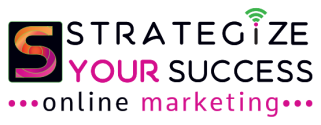
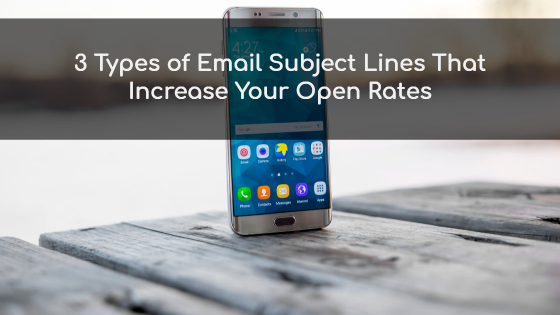
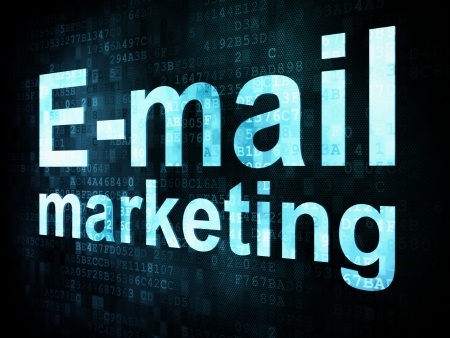
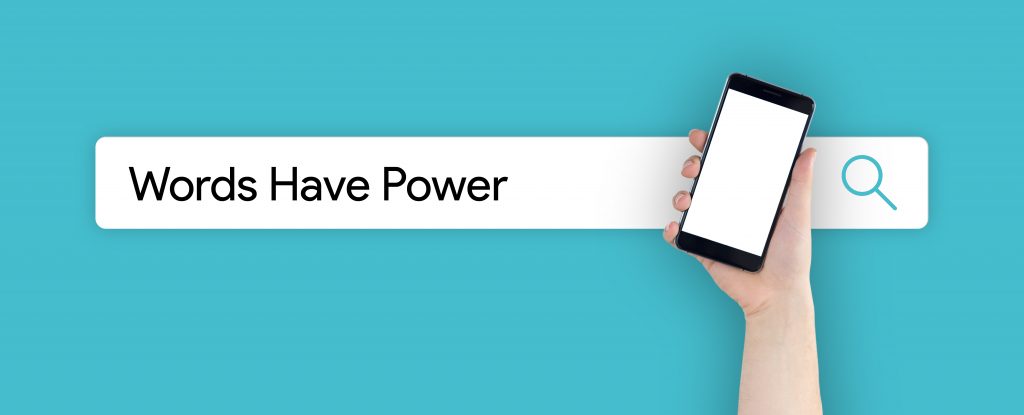
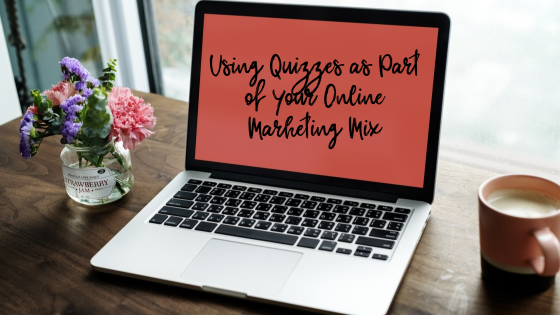
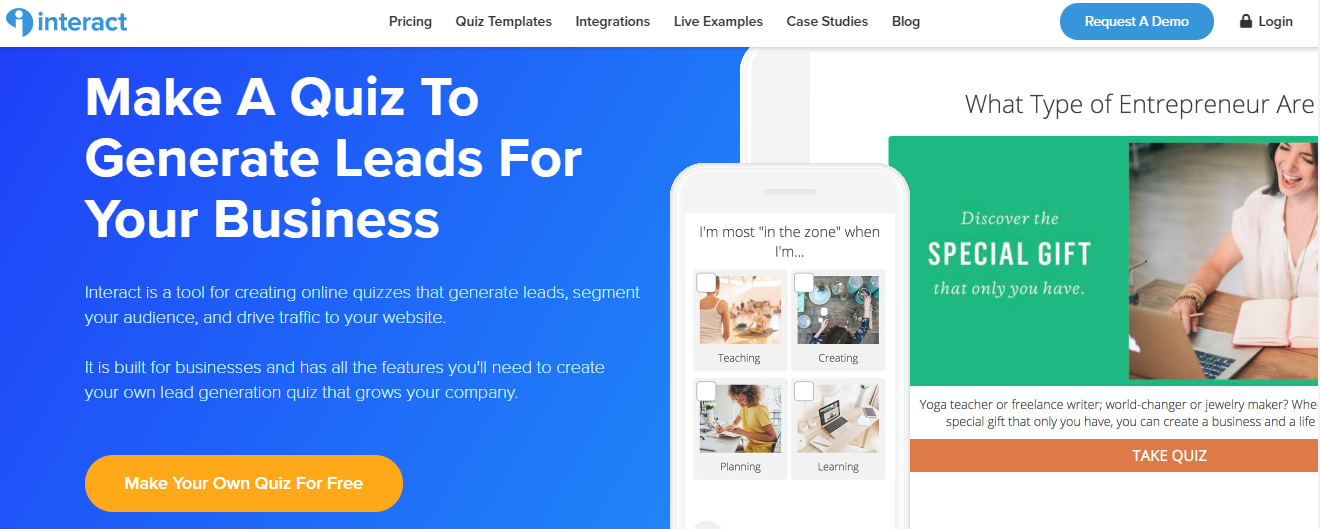


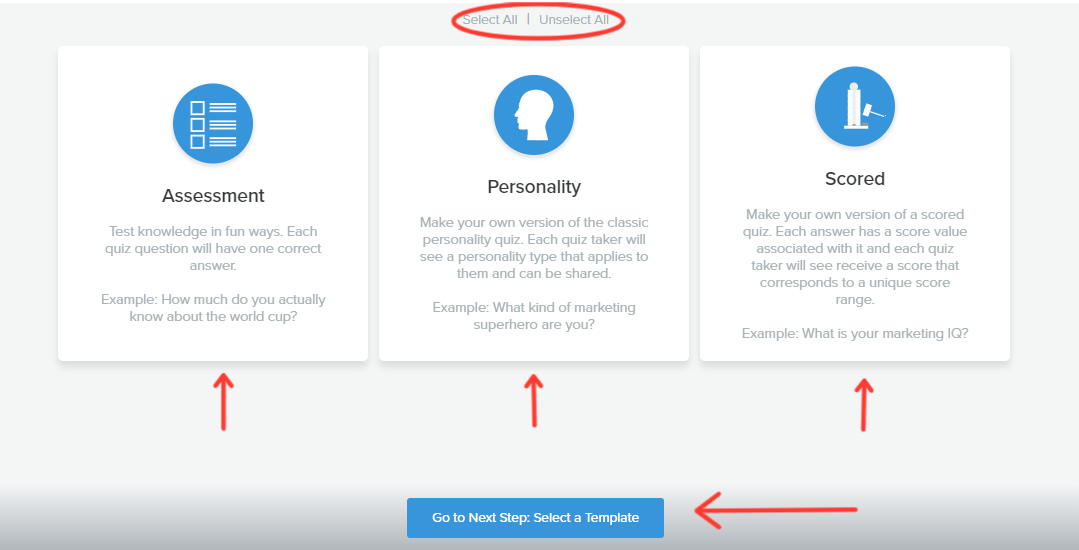

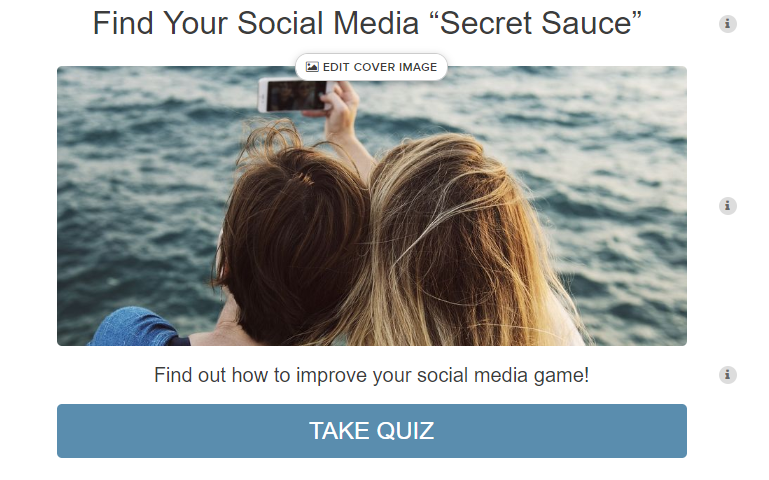

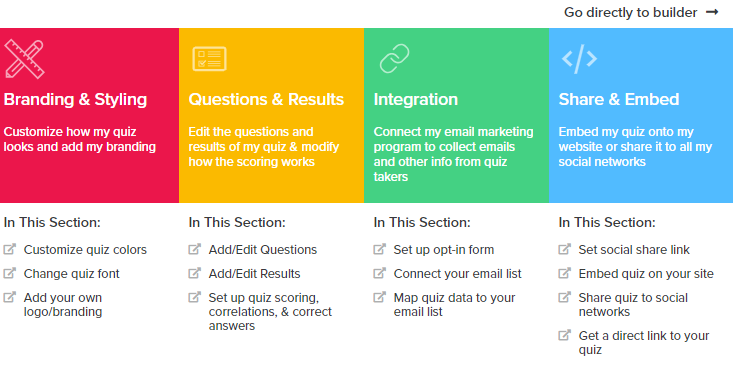
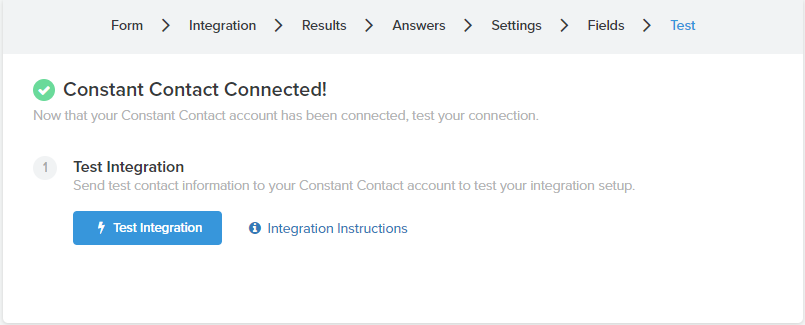
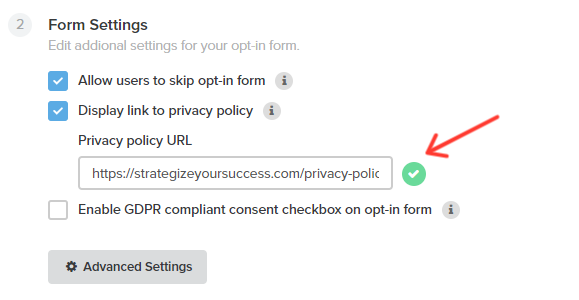

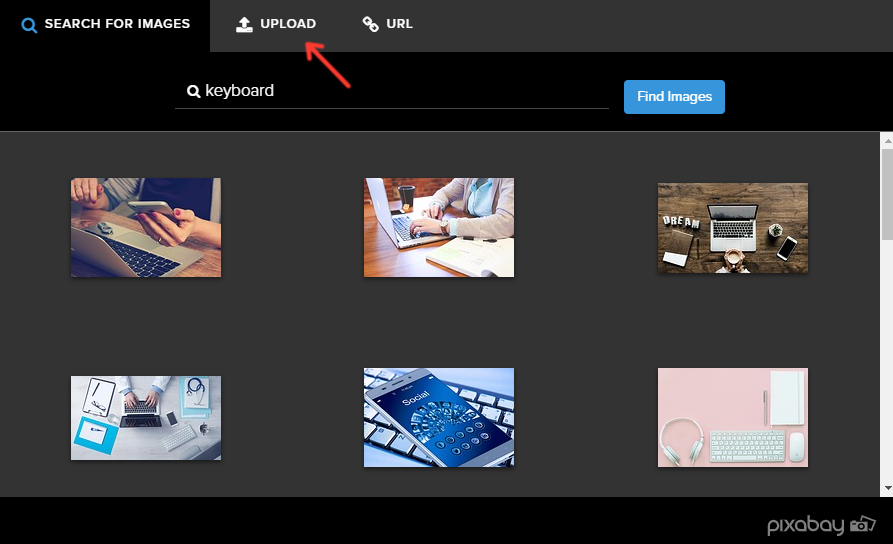


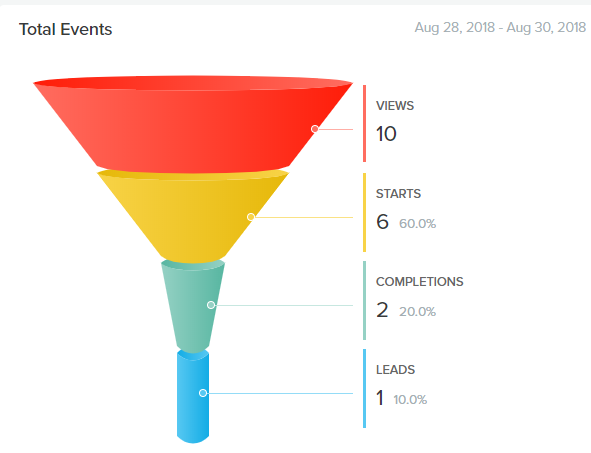
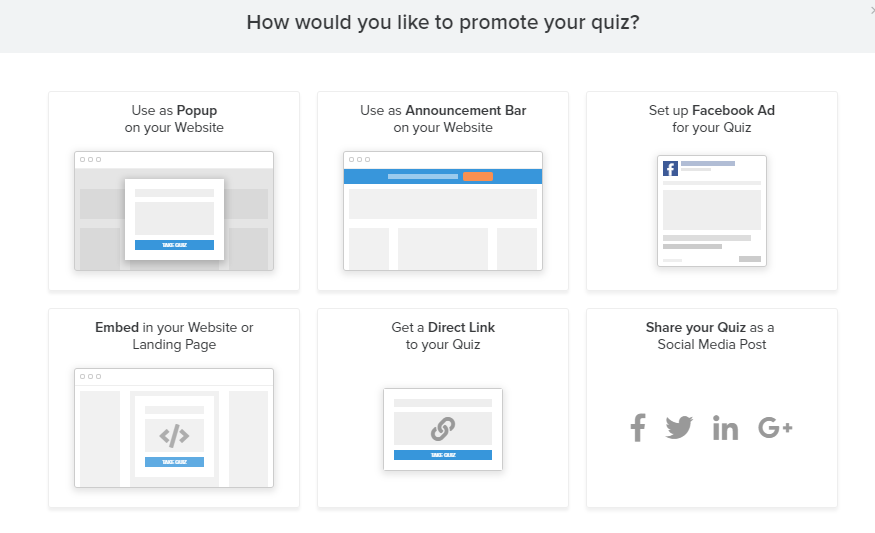







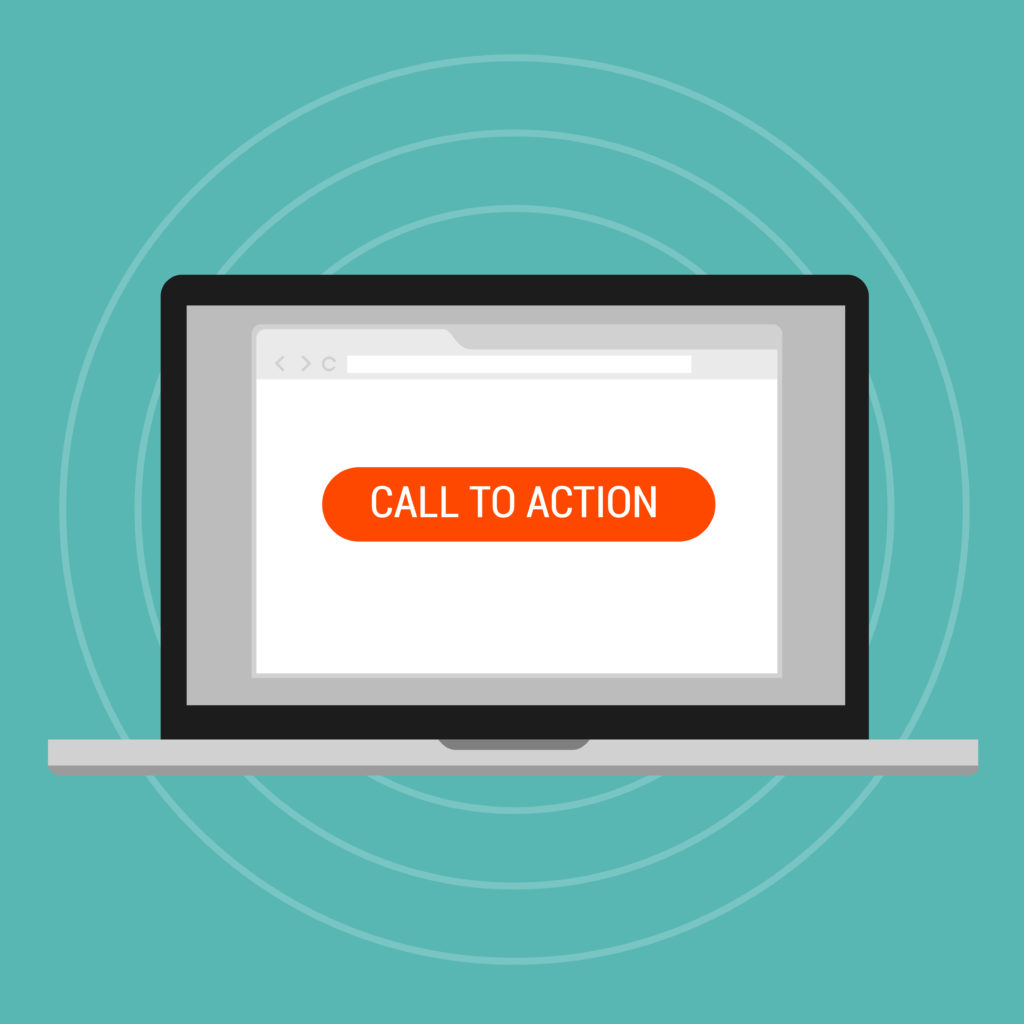




 In marketing, we are told repeatedly to connect with our followers. We email our lists of customers that have bought products from us before. However, they don’t always get to know us as they would if we had a brick and morter business. Also, unless we are constantly sending them emails and/or offers, they are more likely to forget about us. That is until you start to introduce live stream marketing into the mix.
In marketing, we are told repeatedly to connect with our followers. We email our lists of customers that have bought products from us before. However, they don’t always get to know us as they would if we had a brick and morter business. Also, unless we are constantly sending them emails and/or offers, they are more likely to forget about us. That is until you start to introduce live stream marketing into the mix.
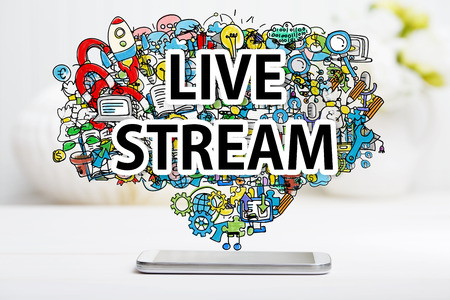
 Business Tips
Business Tips 
 From there, Facebook decided to get involved and rolled out an experimental live service for its best-known members aka celebrities. In December 2015, this was extended across Android and iOS devices, and later it made its way across the pond.
From there, Facebook decided to get involved and rolled out an experimental live service for its best-known members aka celebrities. In December 2015, this was extended across Android and iOS devices, and later it made its way across the pond.